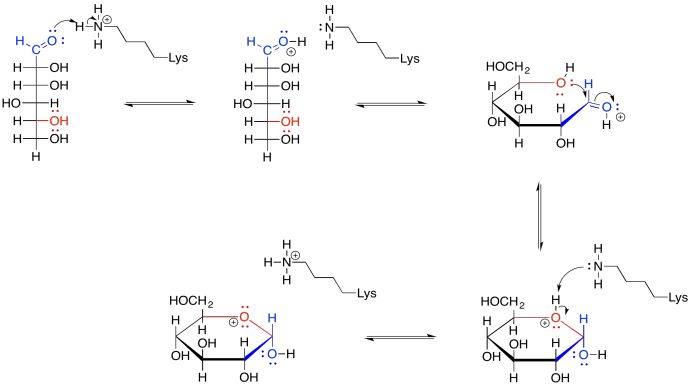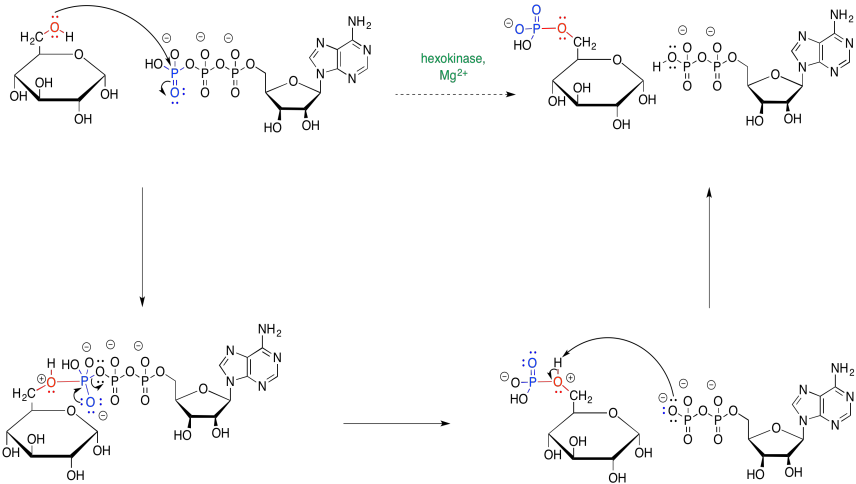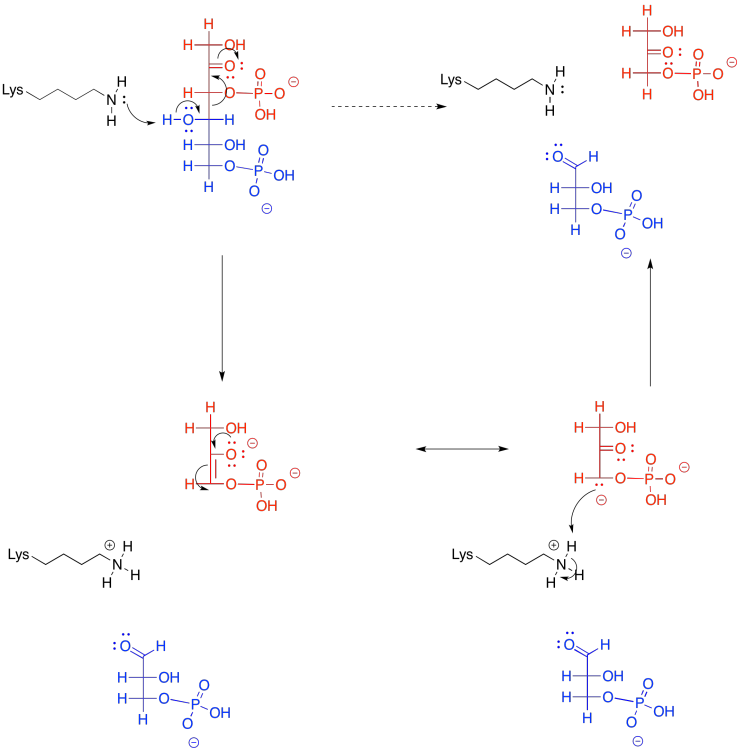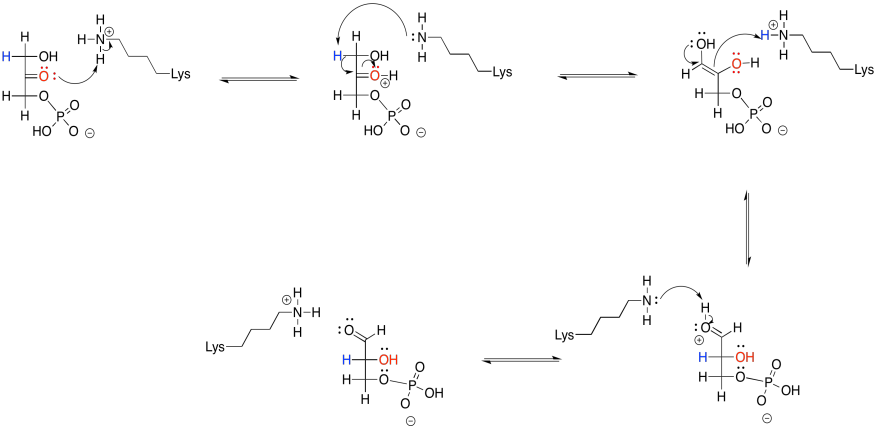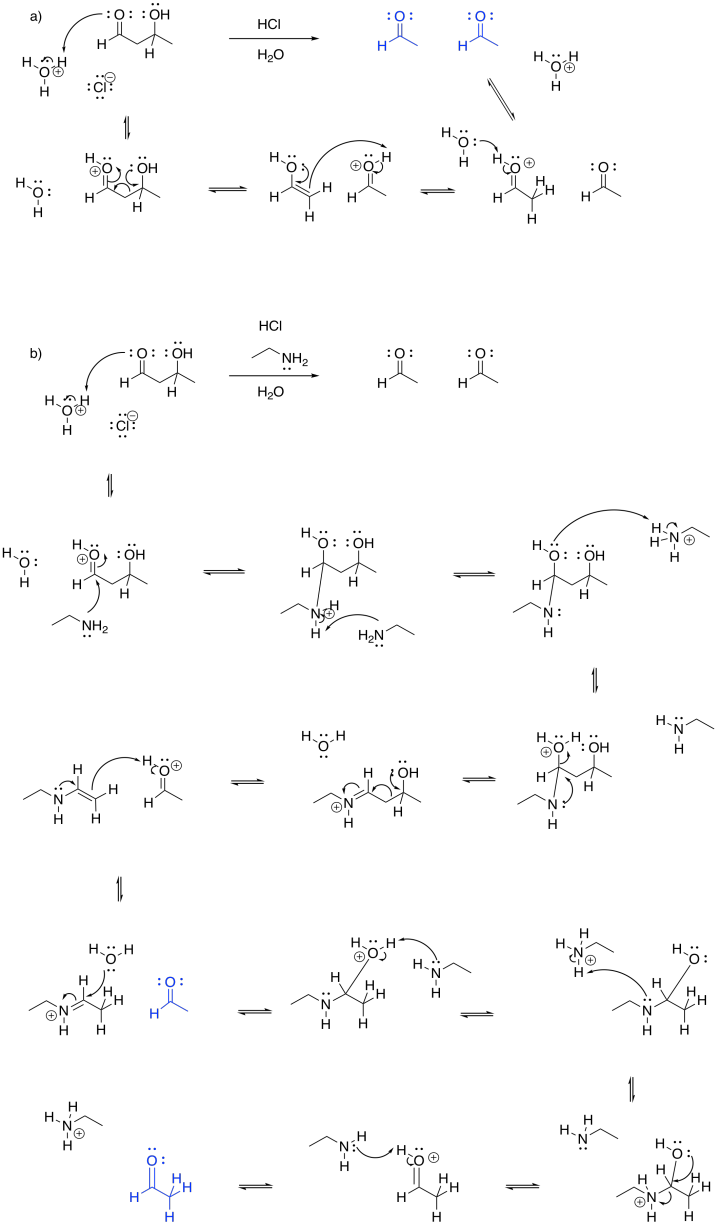8.12: Solutions for Selected Problems.
- Page ID
- 200195
\( \newcommand{\vecs}[1]{\overset { \scriptstyle \rightharpoonup} {\mathbf{#1}} } \)
\( \newcommand{\vecd}[1]{\overset{-\!-\!\rightharpoonup}{\vphantom{a}\smash {#1}}} \)
\( \newcommand{\id}{\mathrm{id}}\) \( \newcommand{\Span}{\mathrm{span}}\)
( \newcommand{\kernel}{\mathrm{null}\,}\) \( \newcommand{\range}{\mathrm{range}\,}\)
\( \newcommand{\RealPart}{\mathrm{Re}}\) \( \newcommand{\ImaginaryPart}{\mathrm{Im}}\)
\( \newcommand{\Argument}{\mathrm{Arg}}\) \( \newcommand{\norm}[1]{\| #1 \|}\)
\( \newcommand{\inner}[2]{\langle #1, #2 \rangle}\)
\( \newcommand{\Span}{\mathrm{span}}\)
\( \newcommand{\id}{\mathrm{id}}\)
\( \newcommand{\Span}{\mathrm{span}}\)
\( \newcommand{\kernel}{\mathrm{null}\,}\)
\( \newcommand{\range}{\mathrm{range}\,}\)
\( \newcommand{\RealPart}{\mathrm{Re}}\)
\( \newcommand{\ImaginaryPart}{\mathrm{Im}}\)
\( \newcommand{\Argument}{\mathrm{Arg}}\)
\( \newcommand{\norm}[1]{\| #1 \|}\)
\( \newcommand{\inner}[2]{\langle #1, #2 \rangle}\)
\( \newcommand{\Span}{\mathrm{span}}\) \( \newcommand{\AA}{\unicode[.8,0]{x212B}}\)
\( \newcommand{\vectorA}[1]{\vec{#1}} % arrow\)
\( \newcommand{\vectorAt}[1]{\vec{\text{#1}}} % arrow\)
\( \newcommand{\vectorB}[1]{\overset { \scriptstyle \rightharpoonup} {\mathbf{#1}} } \)
\( \newcommand{\vectorC}[1]{\textbf{#1}} \)
\( \newcommand{\vectorD}[1]{\overrightarrow{#1}} \)
\( \newcommand{\vectorDt}[1]{\overrightarrow{\text{#1}}} \)
\( \newcommand{\vectE}[1]{\overset{-\!-\!\rightharpoonup}{\vphantom{a}\smash{\mathbf {#1}}}} \)
\( \newcommand{\vecs}[1]{\overset { \scriptstyle \rightharpoonup} {\mathbf{#1}} } \)
\( \newcommand{\vecd}[1]{\overset{-\!-\!\rightharpoonup}{\vphantom{a}\smash {#1}}} \)
\(\newcommand{\avec}{\mathbf a}\) \(\newcommand{\bvec}{\mathbf b}\) \(\newcommand{\cvec}{\mathbf c}\) \(\newcommand{\dvec}{\mathbf d}\) \(\newcommand{\dtil}{\widetilde{\mathbf d}}\) \(\newcommand{\evec}{\mathbf e}\) \(\newcommand{\fvec}{\mathbf f}\) \(\newcommand{\nvec}{\mathbf n}\) \(\newcommand{\pvec}{\mathbf p}\) \(\newcommand{\qvec}{\mathbf q}\) \(\newcommand{\svec}{\mathbf s}\) \(\newcommand{\tvec}{\mathbf t}\) \(\newcommand{\uvec}{\mathbf u}\) \(\newcommand{\vvec}{\mathbf v}\) \(\newcommand{\wvec}{\mathbf w}\) \(\newcommand{\xvec}{\mathbf x}\) \(\newcommand{\yvec}{\mathbf y}\) \(\newcommand{\zvec}{\mathbf z}\) \(\newcommand{\rvec}{\mathbf r}\) \(\newcommand{\mvec}{\mathbf m}\) \(\newcommand{\zerovec}{\mathbf 0}\) \(\newcommand{\onevec}{\mathbf 1}\) \(\newcommand{\real}{\mathbb R}\) \(\newcommand{\twovec}[2]{\left[\begin{array}{r}#1 \\ #2 \end{array}\right]}\) \(\newcommand{\ctwovec}[2]{\left[\begin{array}{c}#1 \\ #2 \end{array}\right]}\) \(\newcommand{\threevec}[3]{\left[\begin{array}{r}#1 \\ #2 \\ #3 \end{array}\right]}\) \(\newcommand{\cthreevec}[3]{\left[\begin{array}{c}#1 \\ #2 \\ #3 \end{array}\right]}\) \(\newcommand{\fourvec}[4]{\left[\begin{array}{r}#1 \\ #2 \\ #3 \\ #4 \end{array}\right]}\) \(\newcommand{\cfourvec}[4]{\left[\begin{array}{c}#1 \\ #2 \\ #3 \\ #4 \end{array}\right]}\) \(\newcommand{\fivevec}[5]{\left[\begin{array}{r}#1 \\ #2 \\ #3 \\ #4 \\ #5 \\ \end{array}\right]}\) \(\newcommand{\cfivevec}[5]{\left[\begin{array}{c}#1 \\ #2 \\ #3 \\ #4 \\ #5 \\ \end{array}\right]}\) \(\newcommand{\mattwo}[4]{\left[\begin{array}{rr}#1 \amp #2 \\ #3 \amp #4 \\ \end{array}\right]}\) \(\newcommand{\laspan}[1]{\text{Span}\{#1\}}\) \(\newcommand{\bcal}{\cal B}\) \(\newcommand{\ccal}{\cal C}\) \(\newcommand{\scal}{\cal S}\) \(\newcommand{\wcal}{\cal W}\) \(\newcommand{\ecal}{\cal E}\) \(\newcommand{\coords}[2]{\left\{#1\right\}_{#2}}\) \(\newcommand{\gray}[1]{\color{gray}{#1}}\) \(\newcommand{\lgray}[1]{\color{lightgray}{#1}}\) \(\newcommand{\rank}{\operatorname{rank}}\) \(\newcommand{\row}{\text{Row}}\) \(\newcommand{\col}{\text{Col}}\) \(\renewcommand{\row}{\text{Row}}\) \(\newcommand{\nul}{\text{Nul}}\) \(\newcommand{\var}{\text{Var}}\) \(\newcommand{\corr}{\text{corr}}\) \(\newcommand{\len}[1]{\left|#1\right|}\) \(\newcommand{\bbar}{\overline{\bvec}}\) \(\newcommand{\bhat}{\widehat{\bvec}}\) \(\newcommand{\bperp}{\bvec^\perp}\) \(\newcommand{\xhat}{\widehat{\xvec}}\) \(\newcommand{\vhat}{\widehat{\vvec}}\) \(\newcommand{\uhat}{\widehat{\uvec}}\) \(\newcommand{\what}{\widehat{\wvec}}\) \(\newcommand{\Sighat}{\widehat{\Sigma}}\) \(\newcommand{\lt}{<}\) \(\newcommand{\gt}{>}\) \(\newcommand{\amp}{&}\) \(\definecolor{fillinmathshade}{gray}{0.9}\)Bonds Broken:
\[C-C \: 6 \times 80 \frac{kcal}{mol} = 480 \frac{kcal}{mol} \nonumber\]
\[C-H \: 16 \times 100 \frac{kcal}{mol} = 1600 \frac{kcal}{mol} \nonumber\]
\[O=O \: 7 \times 120 \frac{kcal}{mol} = 840 \frac{kcal}{mol} \nonumber\]
Total: 2,920 kcal/mol
Bonds Made:
\[C=O \: 14 \times (-190 \frac{kcal}{mol}) = -2660 \frac{kcal}{mol} \nonumber\]
\[O-H \: 16 \times (-110 \frac{kcal}{mol}) = -1760 \frac{kcal}{mol} \nonumber\]
Total: -4,420 kcal/mol
Overall: \(1240- 4420 \frac{kcal}{mol} = -1500 \frac{kcal}{mol}\)
Bonds Broken:
\[C-C \: 7 \times 80 \frac{kcal}{mol} =560 \frac{kcal}{mol} \nonumber\]
\[C-H \: 18 \times 100 \frac{kcal}{mol} = 1800 \frac{kcal}{mol} \nonumber\]
\[O=O \: 12.5 \times 120 \frac{kcal}{mol} = 1500 \frac{kcal}{mol} \nonumber\]
Total: 3,860 kcal/mol
Bonds Made:
\[C=O \: 16 \times (-190 \frac{kcal}{mol}) = -3040 \frac{kcal}{mol} \nonumber\]
\[O-H \: 18 \times (-110 \frac{kcal}{mol}) = -1980 \frac{kcal}{mol} \nonumber\]
Total: -5,020 kcal/mol
Overall: \(3860 - 5020 \frac{kcal}{mol}= -1160 \frac{kcal}{mol}\)
Bonds Broken:
\[C-C \: 6 \times 80 \frac{kcal}{mol} = 480 \frac{kcal}{mol} \nonumber\]
\[C-H \: 7 \times 100 \frac{kcal}{mol} = 700 \frac{kcal}{mol} \nonumber\]
\[C-O \: 7 \times 85 \frac{kcal}{mol} = 595 \frac{kcal}{mol} \nonumber\]
\[O-H \: 5 \times 110 \frac{kcal}{mol} = 550 \frac{kcal}{mol} \nonumber\]
\[O=O \: 6 \times 120 \frac{kcal}{mol} = 840 \frac{kcal}{mol} \nonumber\]
Total: 3,165 kcal/mol
Bonds Made:
\[C=O \: 12 \times (-190 \frac{kcal}{mol}) = -2280 \frac{kcal}{mol} \nonumber\]
\[O-H \: 12 \times (-110 \frac{kcal}{mol} = -1320 \frac{kcal}{mol} \nonumber\]
Total: -3,600 kcal/mol
Overall: \(3165 - 3600 \frac{kcal}{mol} = -435 \frac{kcal}{mol}\)

In the mechanism for hydrolysis, water acts as a nucleophile and ATP acts as an electrophile. That's a problem because ATP is negatively charged. It will not attract electrons very easily. By binding to magnesium ion (Mg2+), the charge on the ATP will be lowered, accelerating the reaction with water.
\[glucose + 2ATP \rightarrow 2G3P + 2ADP \nonumber\]
\[G3O + NAD^{+} + PO_{4}^{3-} + 2ADP \rightarrow pyr + NADH + 2ATP + H_{2}O \nonumber\]
First we need to realise that one glucose gives rise to two molecules of G3P, so the second phase occurs twice for every glucose molecule consumed.
\[2G3P + 2NAD^{+} + 2PO_{4}^{3-} + 4ADP \rightarrow 2pyr + 2NADH + 4ATP + 2H_{2}O \nonumber\]
Adding the equations for the two phases together gives:
\[glucose + 2ATP + 2G3P + 2NAD^{+} + 2PO_{4}^{3-} + 4ADP \rightarrow 2G3P + 2ADP + 2pyr + 2NADH + 4ATP + 2H_{2}O \nonumber\]
That equation can be simplified, because some things appear on both the left and the right. It's just like algebra.
\[glucose + 2NAD^{+} + 2PO_{4}^{3-} + 2ADP \rightarrow 2pyr + 2NADH + 2ATP + 2H_{2}O \nonumber\]
